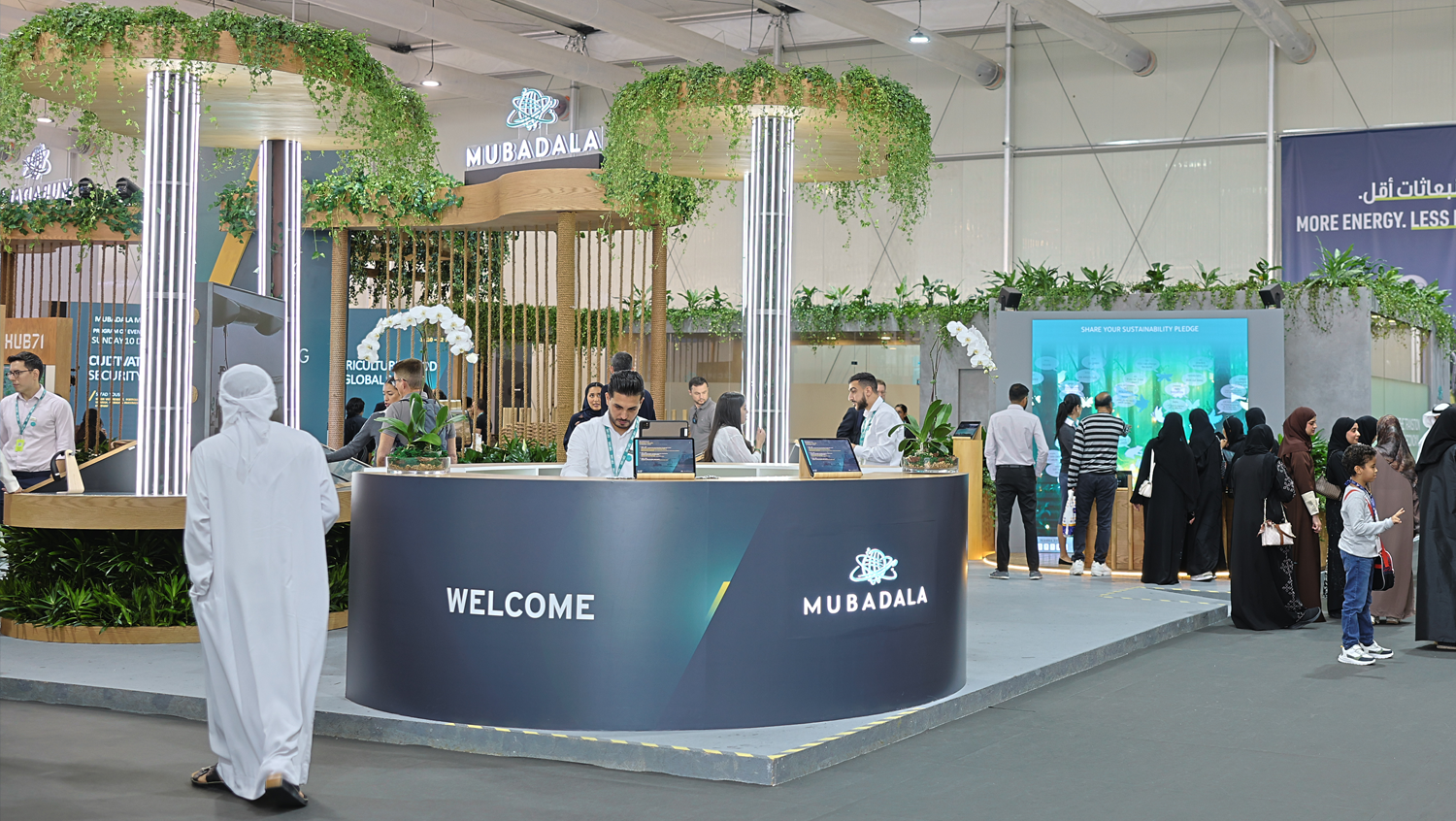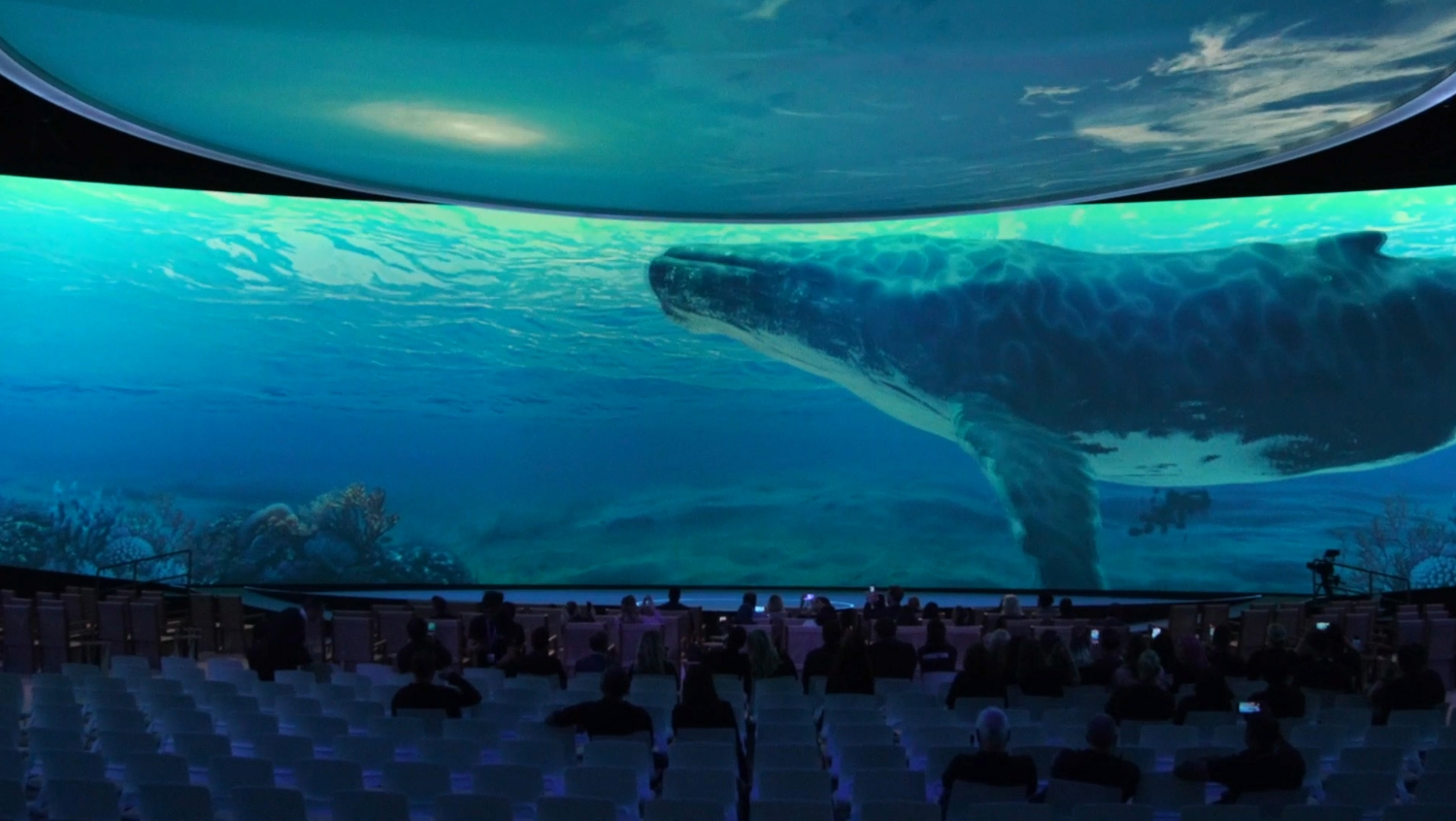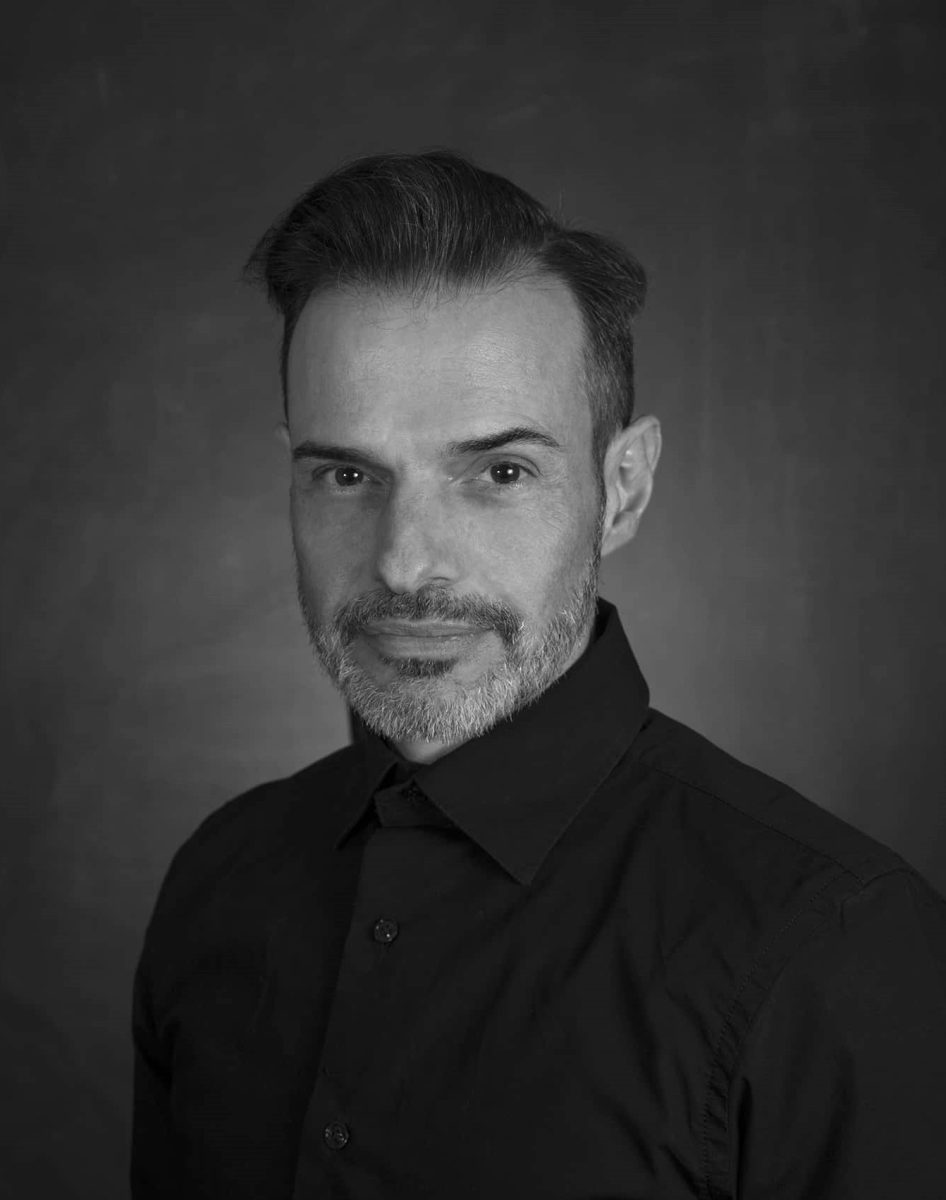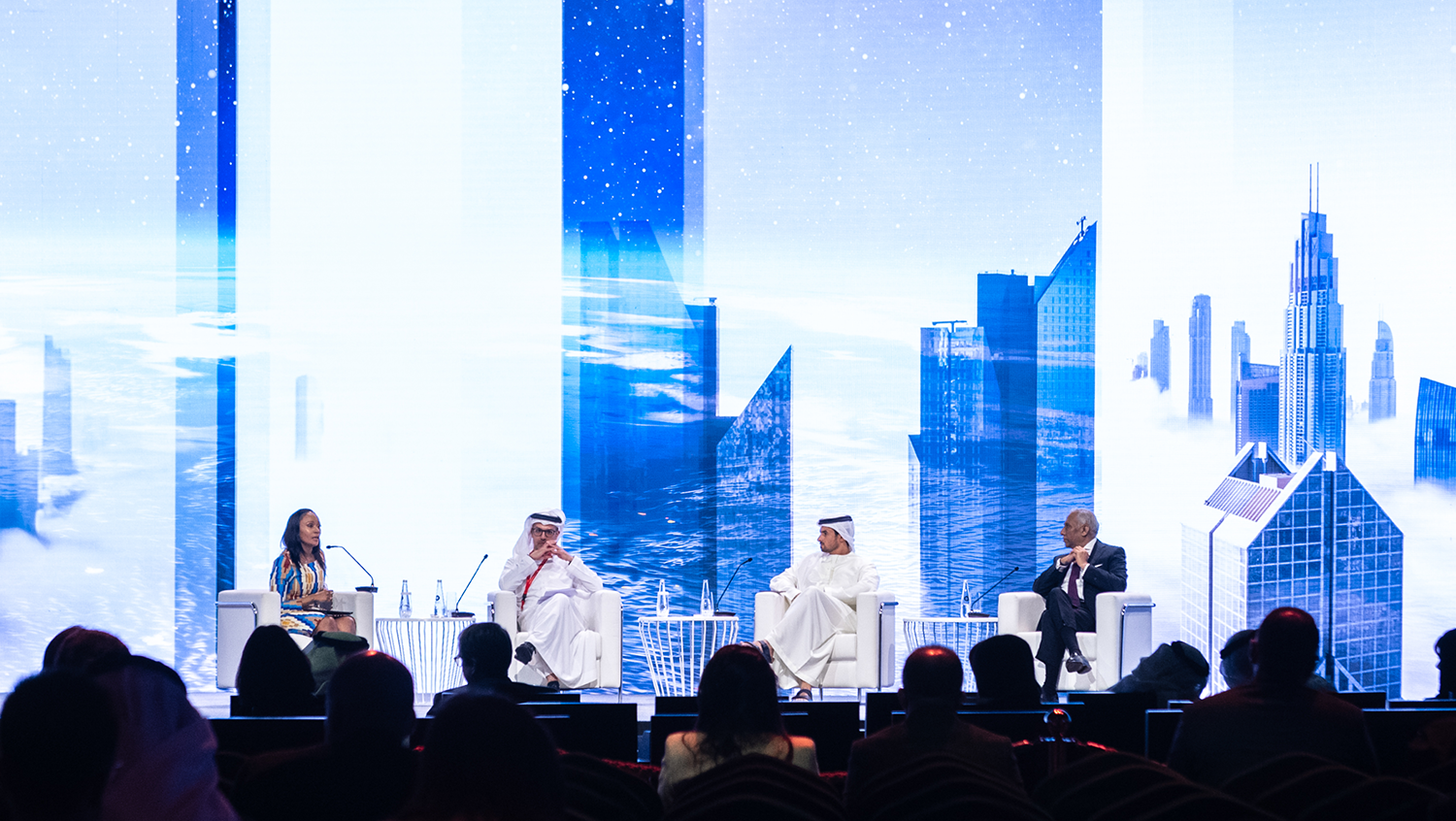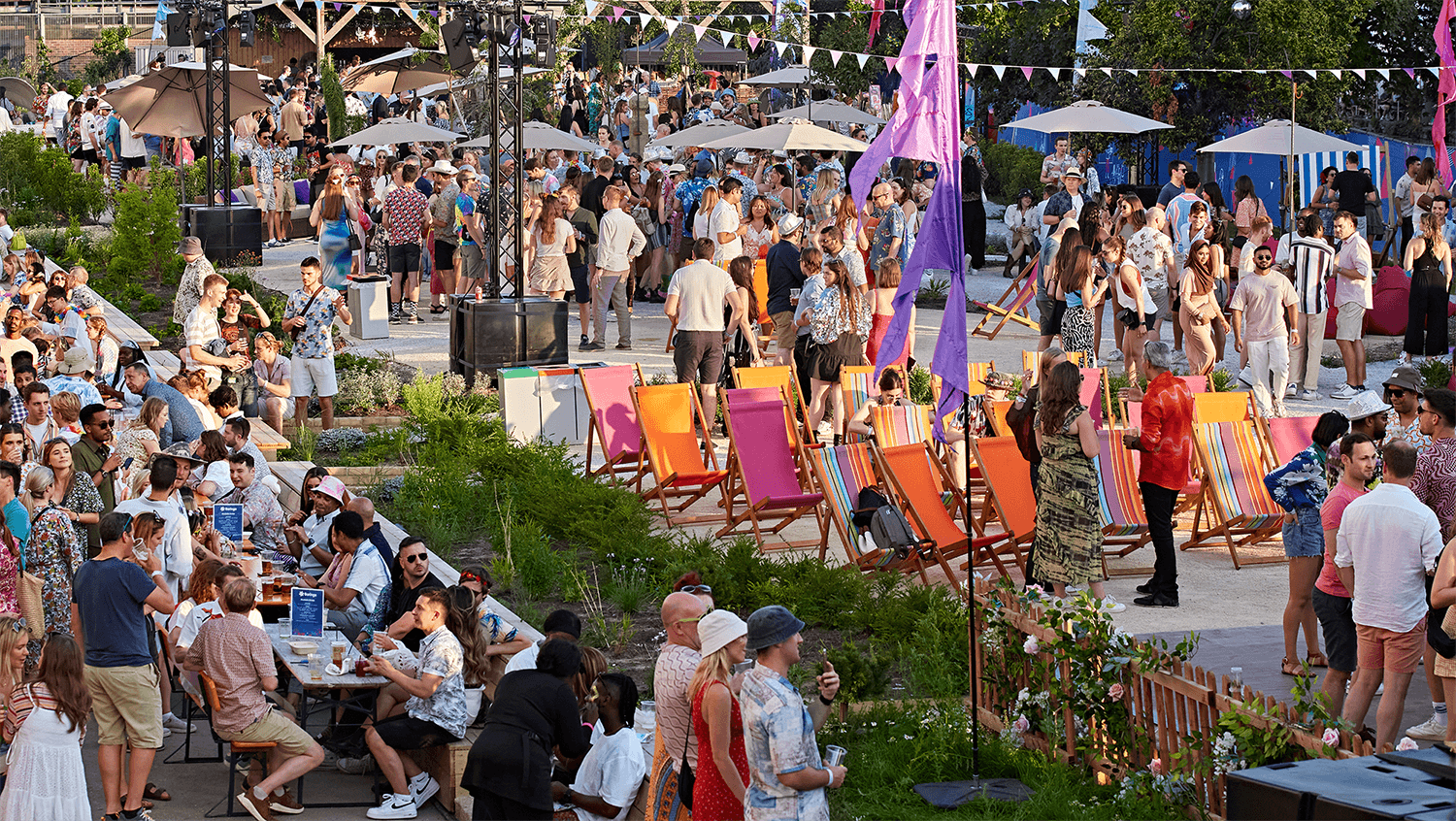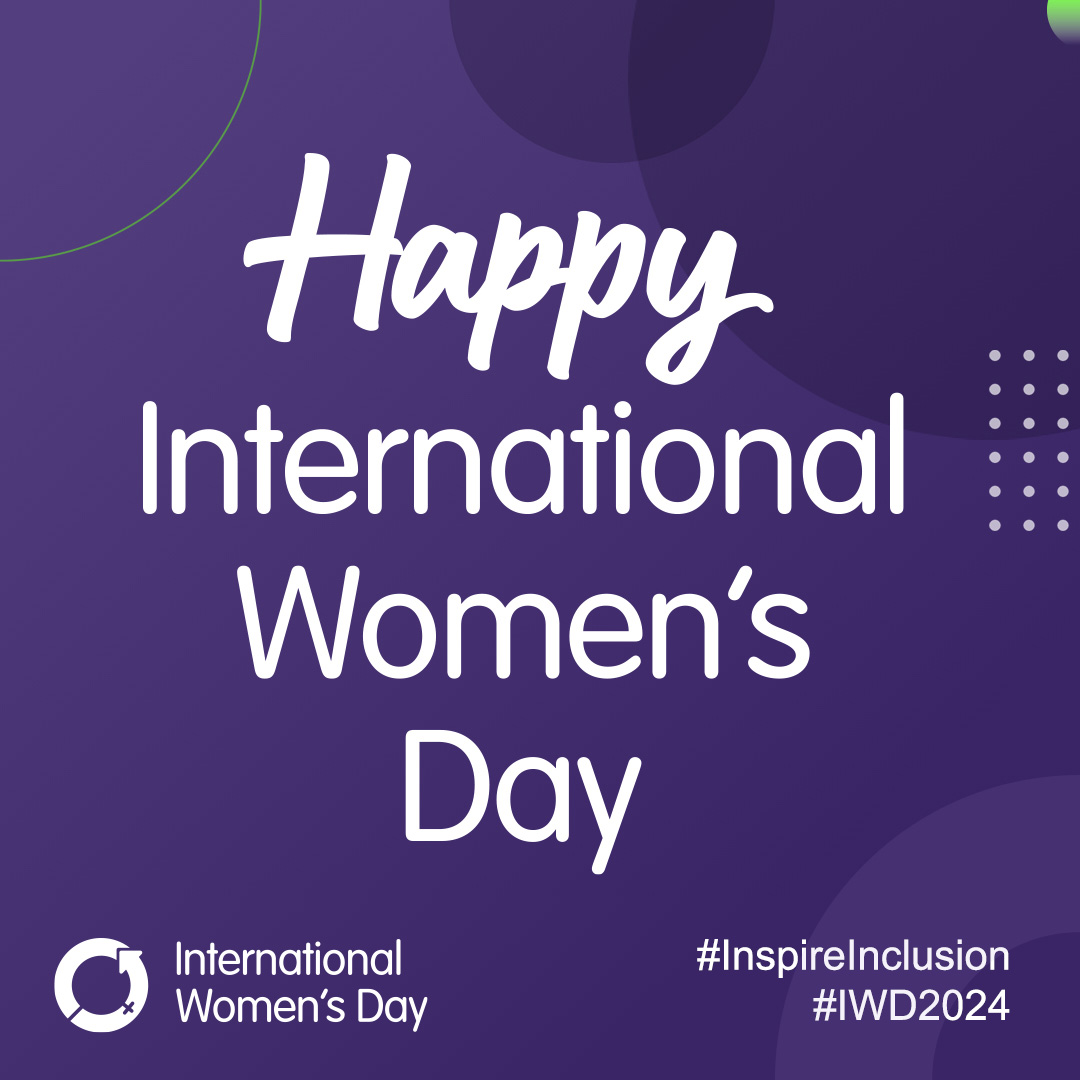COP26 – That’s a wrap!
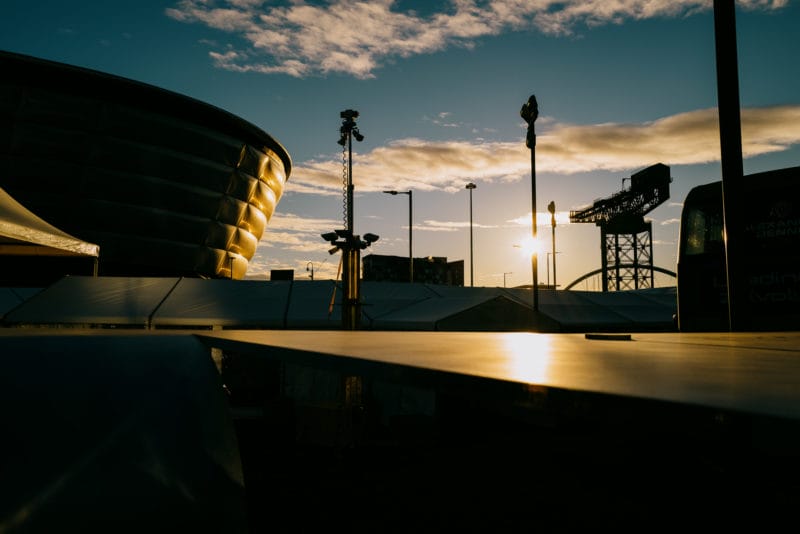
COP26 may be over, but for Identity, it’s not quite ‘done and dusted’ and team will be on site for a while yet. The saying ‘what goes up must come down’ has never seemed more appropriate.
Paul Fitzpatrick, Operations Director at Identity said: “Teams from Identity have been on-site for 10 weeks already and the task of dismantling the event is expected to take a further five weeks.”
What’s involved? How do the numbers stack up and what happens to all the infrastructure, the fixtures and fittings and everything else, now that all the delegates, the world’s media and VIPs have gone home?
COP26: The statistics
13 days of talks
40,000 attendees
50+ purpose-built structures
300 meeting rooms
200,000 square metres of build area (approximately the size of 28 football pitches)
1,000 volunteers, ranging in age from 16 to 78
10,000 volunteer applications for COP26, with a fifth using the conference as an opportunity to volunteer for the first time
5,000 Identity personnel
The Blue Zone
484 waste and recycling bins
330 water fountains
1,124 toilets
Media Centre
6,400 square metres
Max capacity (for media) at any one time was 900 (due to COVID)
The tech was all hired (except for power boards/adapters), so it will all be being reused
214 free seating workstations
140 lounge seats
26 agency cubicles
120 International Broad Casting TV/Radio workstations
44 IBC TV/R cubicles
38 TV/Broadcast stand-up
7 TV/ broadcast studios
…and 70 bags of Wheat Crunchies – in the production office alone!
The numbers give a valuable insight to the sheer scale of the project including the many assets and deliverables involved, but at the heart of each element was an underpinning commitment to leave a positive legacy on the local community and lead the way to a more sustainable future for the events sector. The commitment to reuse and repurpose any useful materials from the site means that dismantling the site will need to be just as meticulous as the construction.
Paul Fitzpatrick, said: “COP26 was one of the largest and most important international events delivered by the UK government. With the talks concluded, the job of taking it all down begins. This is a bit more complicated than a quick ‘washing up’ process.
“Everything will be reused or repurposed and if that’s not possible it will be recycled. It’s heartening to see so many charities and community groups already benefiting from this.”
Repurposing to benefit the community
More than 15,000 square metres of carpets, used across the multi-site conference, are being donated to Spruce Carpets – Scotland’s only carpet re-use and recycling social enterprise. These will benefit low-income families in the region.
Tools used to construct the massive COP campus will be given a second life after donations to Men’s Sheds in and around the city, while MDF sheets are being donated to Glasgow the Caring City that plans on gifting them to schools and homeless families. While the majority of the items used on the COP26 site were rented and have now been returned to warehouses to be used for future events, other items of furniture to include desks, chairs, tables and armchairs will be donated to local housing projects and charities.
“The monumental detail involved in producing an event of this magnitude and profile is astounding. As well as forming a meeting place for heads of state and representatives from 197 parties, hosting the world’s media and other key VIPS, we also mobilised of more than 5,000 staff.
“We hope that Identity’s planning and execution of this phenomenal project have flown the flag for sustainability and social value within the British events industry.” – Michael Gietzen, Managing Director.
Identity continues to deliver a plethora of events for clients ranging from the UK Government, Royal Navy and Royal Air Force, to Panasonic and Unilever. To find out more visit Identity’s Experience page .



